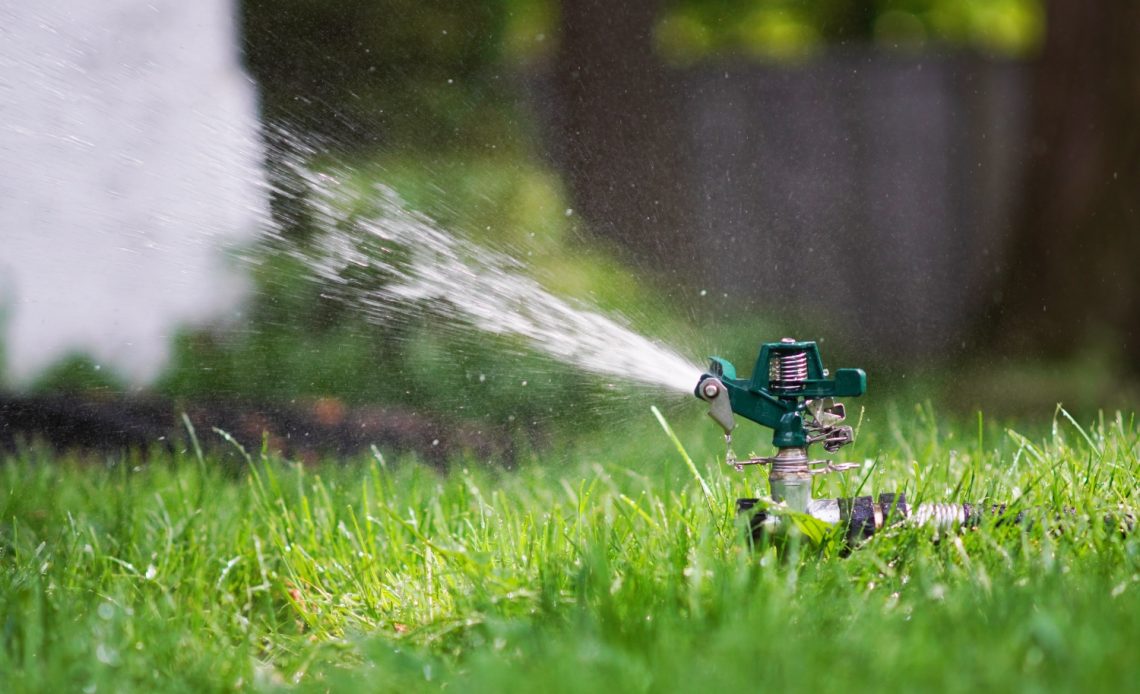

We’re here to help! Wild Yards is a completely free website that is 100% dedicated to helping you create a wildlife-friendly, sustainable yard. Read more
WildYards is reader-supported. When you buy a product through a link on our site, we may earn a comission. Every product is independently selected by our (obsessive) editors and our reviews are unbiased and objective. Read more about our mission or our privacy policy.
Plants rely on a variety of nutrients to stay healthy, to produce strong roots, vibrant foliage, vivid flowers, and delicious fruits.
If you’re in the market for a fertilizer and you’ve come across 15-0-15, you may be wondering what is it and what it’s used for.
Although 15-0-15 fertilizer is not as good of an all-purpose fertilizer as, say, 10-10-10 or 12-12-12, it certainly has its uses!
So just what is 15-0-15 fertilizer, and how can you tell when you should apply it?
A 15-0-15 fertilizer contains 15% nitrogen, 0% phosphorus, and 15% potassium. This is an excellent choice of fertilizer for warm-weather grasses. Nitrogen stimulates foliage growth, while potassium improves drought and heat tolerance.
What do the numbers in 15-0-15 fertilizer stand for?
When you start shopping for fertilizers, the first thing you’ll notice is that most fertilizers list three numbers somewhere on their label.
The three numbers on a fertilizer label represent the fertilizer’s NPK ratio, with N standing for nitrogen, P standing for phosphorus, and K standing for potassium.
A 15-0-15 fertilizer contains moderate doses of both nitrogen and potassium, but no phosphorus.
Let’s take a look at what role these three key macronutrients play in plant health.
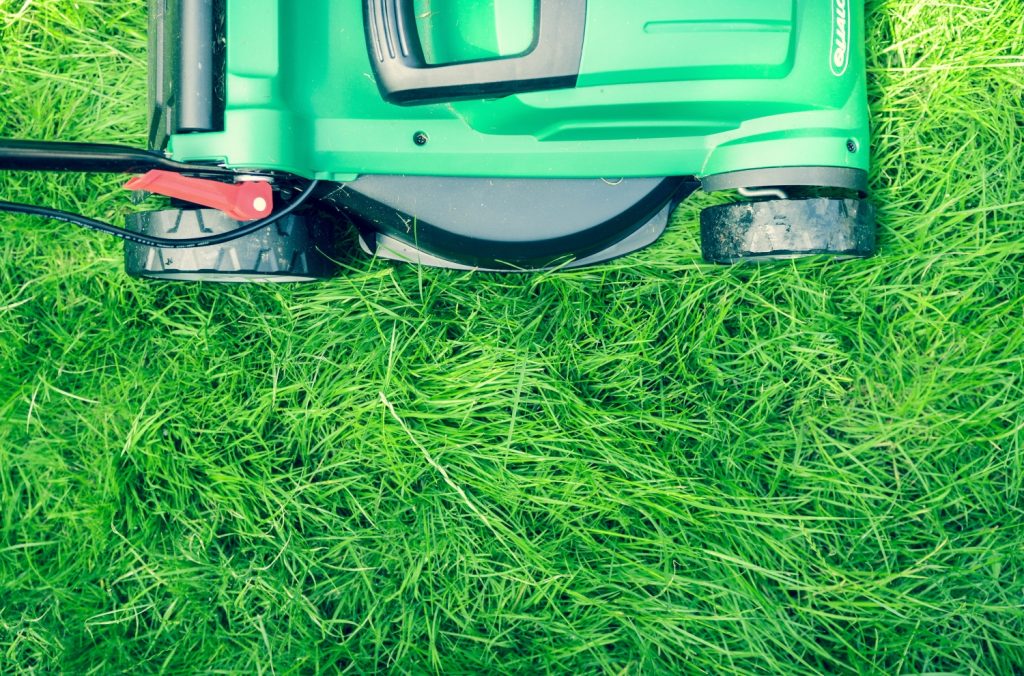
Nitrogen (N)
The plants in your garden rely on nitrogen more than any other nutrient you could give them. That’s because nitrogen plays a critical role in photosynthesis.
Nitrogen is a key component in the green pigment chlorophyll. Plants use chlorophyll to harness sunlight so it can be turned into sugars the plant can use as food.
Without nitrogen, plants would be unable to turn the nutrients, water, and carbon dioxide they absorb to generate food and oxygen.
Nitrogen helps plants produce more foliage. So when plants are suffering from low levels of nitrogen, one of the first signs is stunted growth.
Nitrogen-deficient plants also develop a yellow cast. Called “chlorosis” this yellowing typically affects the oldest foliage first. Lawns and grasses become yellow and patchy.
Grasses and non-flowering plants, shrubs, and trees have a greater need for nitrogen than other plants. Nitrogen helps these plants regulate growth and produce dense foliage.
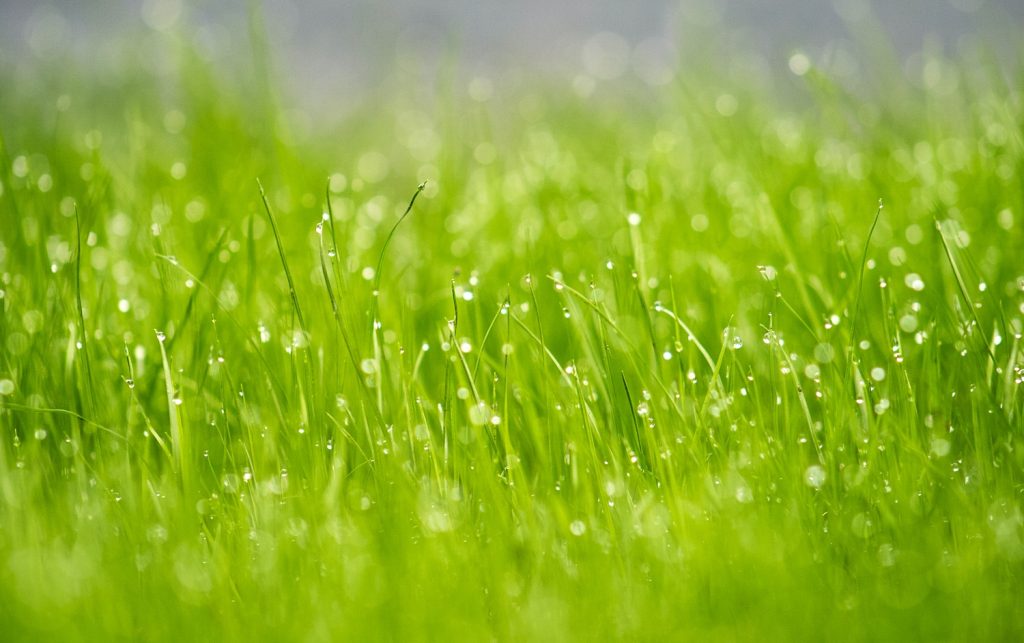
Phosphorus (P)
Phosphorus is another important player when it comes to plant health, but some plants require more phosphorus than others.
Plants rely on phosphorus to replicate genetic tissues, including DNA and RNA. That means plants need potassium to produce flowers, fruits, and healthy seeds.
Without adequate levels of this important nutrient, plants may fail to flower and produce poor-quality fruits.
Phosphorus is important for the fruits and veggies in your garden, from tomatoes, peppers, and eggplants to fruit vines like kiwi and grapes.
This nutrient also helps plants grow strong, healthy root systems. So it’s important to feed plants high-phosphorus fertilizers after they’ve been transplanted, and/or while they’re still young, to help them get established.
But because phosphorus is so important for flowering and fruiting, it isn’t as critical for established lawn grasses.
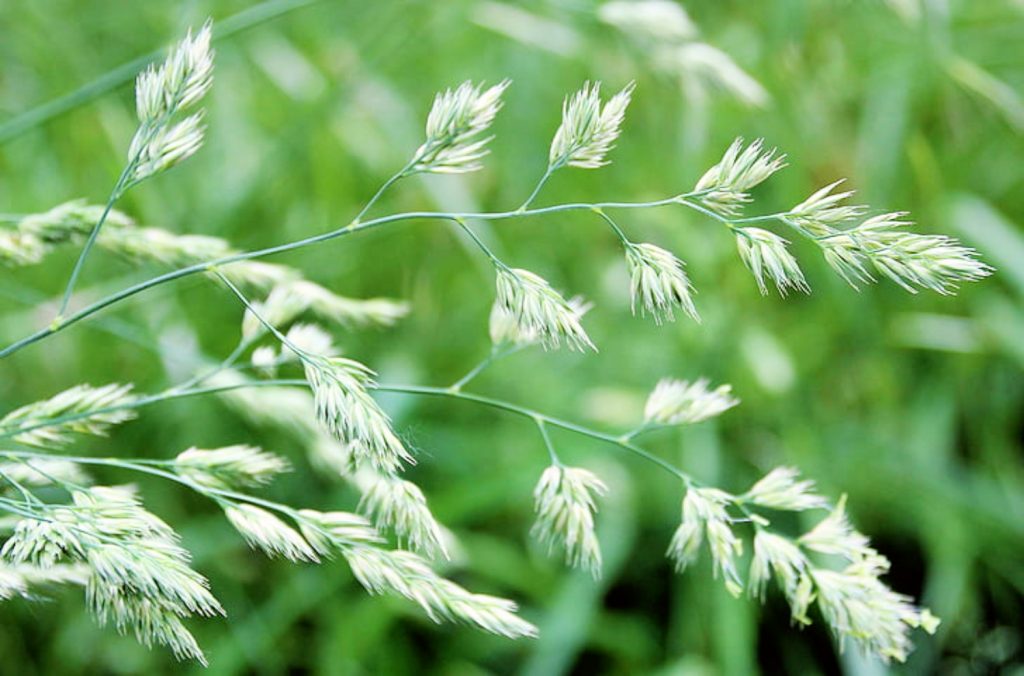
Potassium (K)
The final nutrient in an NPK fertilizer, potassium, helps plants survive stressful situations.
Potassium helps plants survive periods of drought, seasonal flooding, and extreme temperatures. It does this by regulating respiration.
Plants rely on adequate levels of potassium to open and close their stomata. This prevents them from losing too much water when water is scarce and helps them lose more water when it’s abundant.
Potassium also strengthens a plant’s immune system, allowing it to ward off diseases and insect infestations.
Potassium can be found in the enzymes in a plant’s root system. These enzymes enable plants to absorb nutrients from the soil.
Without potassium, a plant’s older leaves will begin to yellow. They may also develop brown, crispy, burned-looking edges and margins.
Lack of potassium can also cause wilting. If your plants won’t perk up no matter how much you water them, there’s a good chance they’re running low on this critical element.
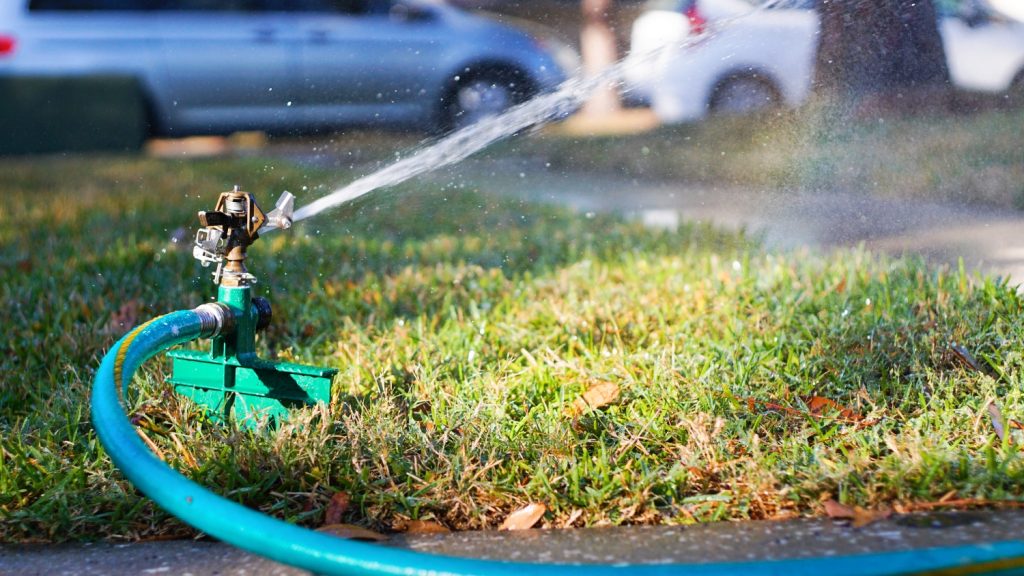
Is 15-0-15 fertilizer a good choice for lawns?
If your lawn has been looking a little lackluster lately, 15-0-15 fertilizer can help perk it back up.
This fertilizer is ideal for warm-weather turf because it provides these grasses with the right amounts of nitrogen and potassium.
The fact that 15-0-15 fertilizer does not contain any phosphorus means it prevents these grasses from going to seed, while simultaneously encouraging them to produce more shoots and leaves.
You can apply 15-0-15 fertilizer to give your lawn a boost. But you can also use 15-0-15 fertilizer to make your lawn thicker.
Using 15-0-15 to feed your lawn helps the turf grow denser, so you get a thick carpet of grass. Say goodbye to the unsightly brown patches dotting your landscape.
Although 15-0-15 is a good choice for fertilizing lawns, it’s still worth emphasizing the importance of testing your soil.
It’s not uncommon for lawns to turn yellow and develop patches when nitrogen and potassium levels are low.
But sometimes, lawns can become anemic and sad-looking when they’re low on nitrogen alone.
In these cases, adding more potassium to the soil could have a negative effect on your lawn, and may worsen its condition.
If your lawn is yellowing, it’s possible you’ll need to feed it a nitrogen-only fertilizer, like 34-0-0, rather than 15-0-15.
So never assume when it comes to feeding your lawn. Always test your soil before applying any fertilizers, and aim for a soil NPK ratio of 3-1-2 or 4-1-2.

Is 15-0-15 safe for new lawns?
If you’ve just laid down new turf or recently reseeded your lawn, now’s a good time to apply fertilizer to help it get established.
Unfortunately, because 15-0-15 does not contain any phosphorus, it is a poor choice for new lawns.
Phosphorus is essential for young turf to produce strong root systems. Without it, your lawn may fail to get established and die before you even get to show it off.
If you’re looking for a fertilizer for your new lawn, consider 25-25-4, instead. This fertilizer contains plenty of phosphorus to help your new turf get a strong start.

Can you use 15-0-15 fertilizer to feed ornamental grasses and non-flowering plants?
A 15-0-15 fertilizer provides non-flowering plants with all of the nitrogen they need to produce dense, healthy foliage.
This type of fertilizer also gives non-flowering plants enough potassium to survive harsh temperatures and periods of water stress, which makes it a great choice of fertilizer for lawns during the summertime.
Although non-flowering plants and grasses do need some amount of phosphorus, feeding them too much can encourage these plants to go to seed.
When non-flowering plants spend all of their energy reproducing, they don’t have much left over to focus on generating new leaves and shoots.
Feeding non-flowering plants a fertilizer that contains plenty of nitrogen and potassium, and is completely devoid of phosphorus, can help you maximize your garden’s growth during the season.
You can use 15-0-15 to fertilize an established lawn, ornamental grasses, as well as non-flowering and non-fruiting shrubs, trees, and other plants.
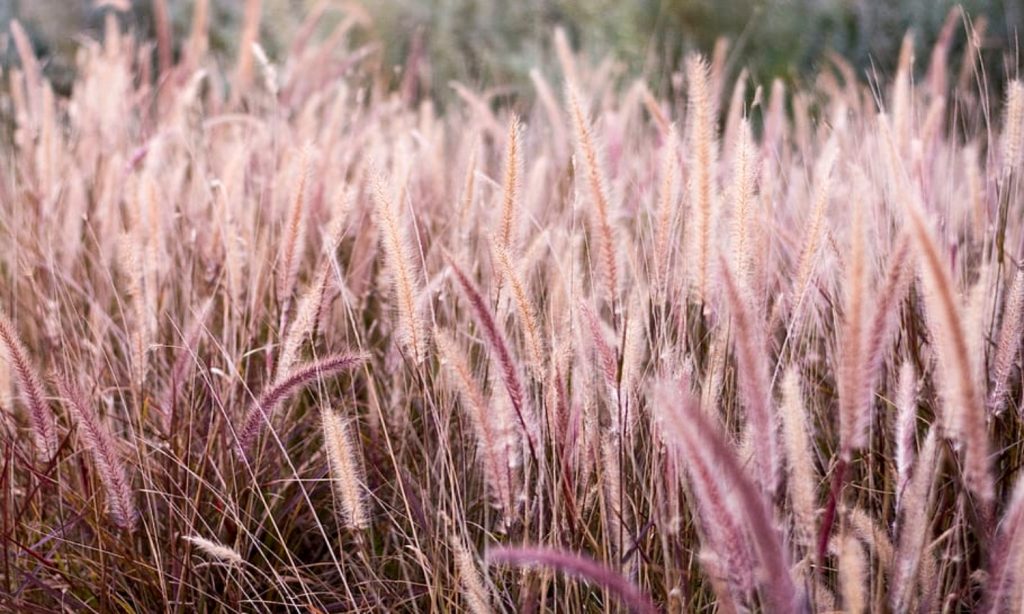
Can you use 15-0-15 to feed flowers and ornamental shrubs?
The lack of phosphorus in a 15-0-15 fertilizer makes it a poor choice of food for flowers, whether they’re perennials or ornamental shrubs.
These plants rely on ample doses of phosphorus in order to produce pollen and nectar-rich blossoms.
Without phosphorus, no amount of nitrogen or potassium can induce these flowering plants to bud out.
That said, there are exceptions to every rule.
If you’ve tested your garden’s soil and found that it already has high amounts of phosphorus, but is lacking both nitrogen and potassium, then a 15-0-15 fertilizer may be beneficial. But you should never assume this is the case.
Always test your soil before applying any fertilizer to avoid overapplying certain nutrients.
Feeding flowering plants more nitrogen and potassium than they need can significantly hinder flower production, potentially for years.
If you’re looking for a good fertilizer for the flowers in your landscaping, consider high-phosphorus fertilizers like rock phosphate, bat guano, or 10-20-10 fertilizer instead.
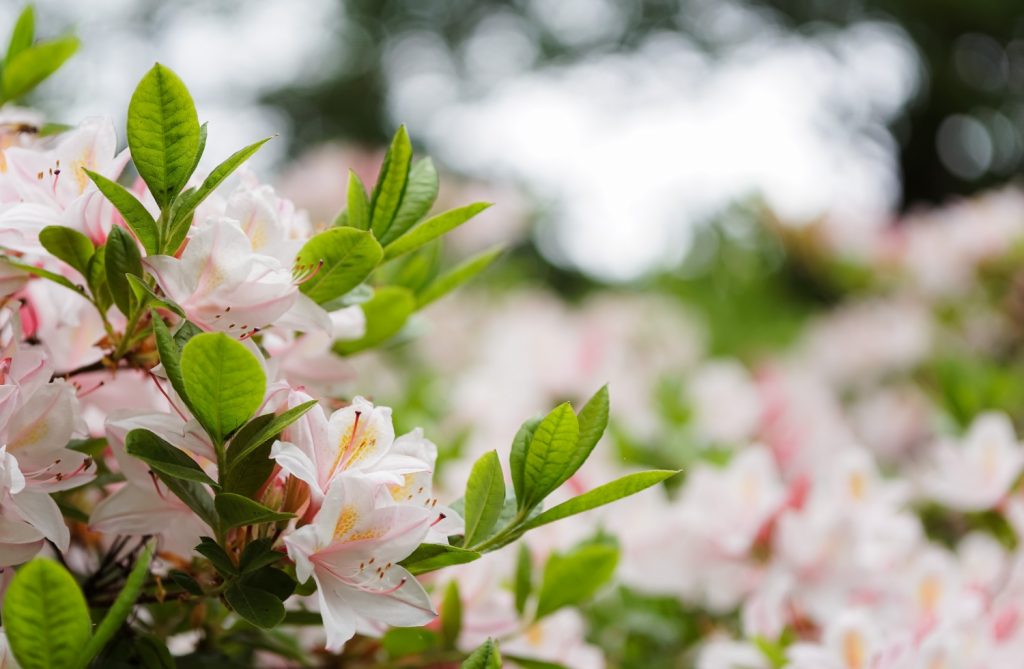
Can you use 15-0-15 to feed fruits and vegetables?
Just as 15-0-15 fertilizer is a poor choice for flowering plants, it’s not recommended to feed fruits and vegetables, either.
Whether you’re growing popular garden staples like tomatoes and cucumbers, or fruit vines like dragon fruit, 15-0-15 fertilizer just doesn’t provide these plants with the nutrients they need to flower and produce.
If you do apply a 15-0-15 fertilizer to your garden soil, you’ll need to be sure to include plenty of phosphorus-rich materials as well, to balance out the nutrients.
That said, 15-0-15 fertilizer can be especially helpful for fertilizing leafy green veggies and herbs.
Romaine lettuce and kale, as well as herbs like cilantro and parsley, benefit from the extra doses of nitrogen that 15-0-15 provides them with.
The extra nitrogen allows these plants to regenerate quickly after you harvest them, so you have plenty more foliage to collect throughout the season.
These plants also benefit from the extra potassium that 15-0-15 fertilizer provides.
As a rule, leafy green plants grow best in cool weather. Because potassium improves a plant’s heat tolerance, feeding these plants an extra dose of potassium encourages them to continue growing, even when the temperatures rise.
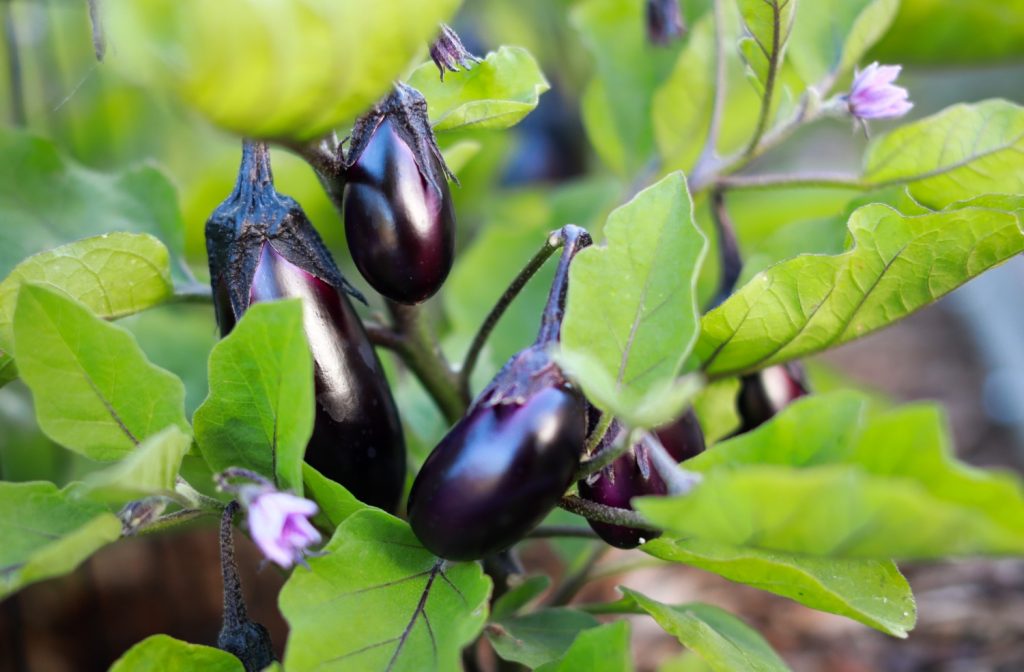
Can you use 15-0-15 fertilizer to feed trees?
You shouldn’t use 15-0-15 fertilizer to feed your fruit trees unless a soil test reveals severely depleted nitrogen and potassium levels.
Giving fruit trees 15-0-15 can prevent them from flowering and fruiting.
However, 15-0-15 can be helpful for feeding evergreens and non-flowering trees, especially if your region regularly experiences dry spells and extremely hot temperatures in the summertime.
A 15-0-15 fertilizer will provide non-flowering trees with all of the nitrogen they need to continue producing dense, healthy foliage. This is especially helpful if you’re trying to accelerate the growth rate of your new shade trees.
The extra potassium supports a healthy stress response, allowing your valuable trees to survive less-than-hospitable growing conditions.
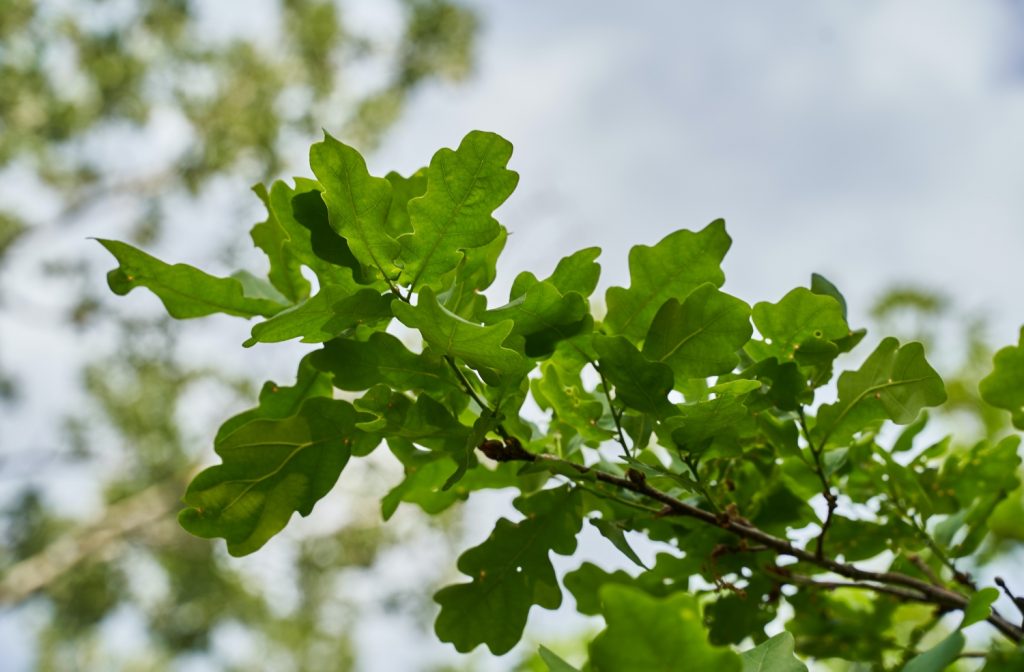
Is 15-0-15 fertilizer good for houseplants?
Your houseplants will not benefit from being fertilized with 15-0-15.
This type of fertilizer contains way too much nitrogen and potassium and flowering houseplants are unlikely to benefit from phosphorus-free fertilizers.
If you need to feed your houseplants, look for a balanced NPK fertilizer that contains low doses of nitrogen, phosphorus, and potassium.
Choose a 1-1-1, 2-2-2, or 3-3-3 fertilizer to feed your indoor plants, instead.

What are the different types of 15-0-15 fertilizers?
There are different types of fertilizers, each with different applications and uses.
Let’s take a look at the different types of 15-0-15 fertilizers so you can determine which one will work best for your garden.
Water-soluble
Powdered fertilizers that have been mixed with a filler material, like sand or gypsum, water-soluble fertilizers are easy to find, and very affordable.
These fertilizers are designed to be mixed with water prior to application. This way, they can start working the minute you apply them.
Alternatively, you can mix water-soluble fertilizers into the soil before planting, or spread them with a broadcast spreader just before watering your plants.
Water-soluble 15-0-15 fertilizer is fast-acting, so it’s a good choice if your plants are showing signs of low nitrogen and potassium,
Water-soluble fertilizers will keep your plants fed for approximately 2 to 4 weeks.
Liquid
Concentrated liquid fertilizers should be diluted with water according to the manufacturer’s instructions. Because they’re watered down, they’re easy to apply.
One advantage of liquid fertilizers is that they begin working the minute they seep into the soil.
Liquid fertilizers are great for lawns and plants that are showing signs of nutritional deficiencies.
Liquid fertilizers tend to be slightly more expensive than water-soluble ones, however. And they work in much the same way.
Liquid fertilizer can keep your lawn and non-flowering plants fed for 2 to 4 weeks on average.
Granular
If you want to keep your lawn and non-flowering plants fed longer, look for a granular 15-0-15 fertilizer.
Granulated fertilizers are pellets that look like small rocks. These fertilizers are easier to handle than water-soluble ones because they aren’t as dusty.
The granules can be spread with a broadcast spreader, sprinkled around plants by hand to spot-feed, or worked into the upper 3” of the soil prior to planting/seeding your lawn.
Granular fertilizers can keep your plants fed for 3 to 6 months, depending on the manufacturer.
Slow-release
Although slow-release fertilizers can be costly, they also give you more bang for your buck.
Slow-release 15-0-15 fertilizer will keep your lawn and non-flowering plants for a period of 3 to 12 months, depending on the manufacturer.
These fertilizers look like granular fertilizers. But each pellet is covered in a coating that slows the breakdown rate, allowing the fertilizer to keep your plants fed for months.
Slow-release fertilizers can be applied in the same way as granular fertilizers.
Regardless of which type of fertilizer you choose, remember to water your plants well after application.
When should you apply 15-0-15 fertilizer?
For best results, you should apply 15-0-15 fertilizer in spring. But you can also apply 15-0-15 fertilizer from early to mid-summer.
Applying 15-0-15 fertilizer in the early spring is ideal because it gives grasses, trees, and other non-flowering plants all of the nutrients they need to keep growing well, in spite of the rising temperatures.
That said, if you miss the ideal window of opportunity, you can still use 15-0-15 to feed your plants as long as you do so before late summer.
Avoid applying any kind of fertilizer from fall to winter. As plants prepare for their dormant period, their nutrient requirements decline.
Feeding plants during their dormancy can burn their roots, and may even kill them.
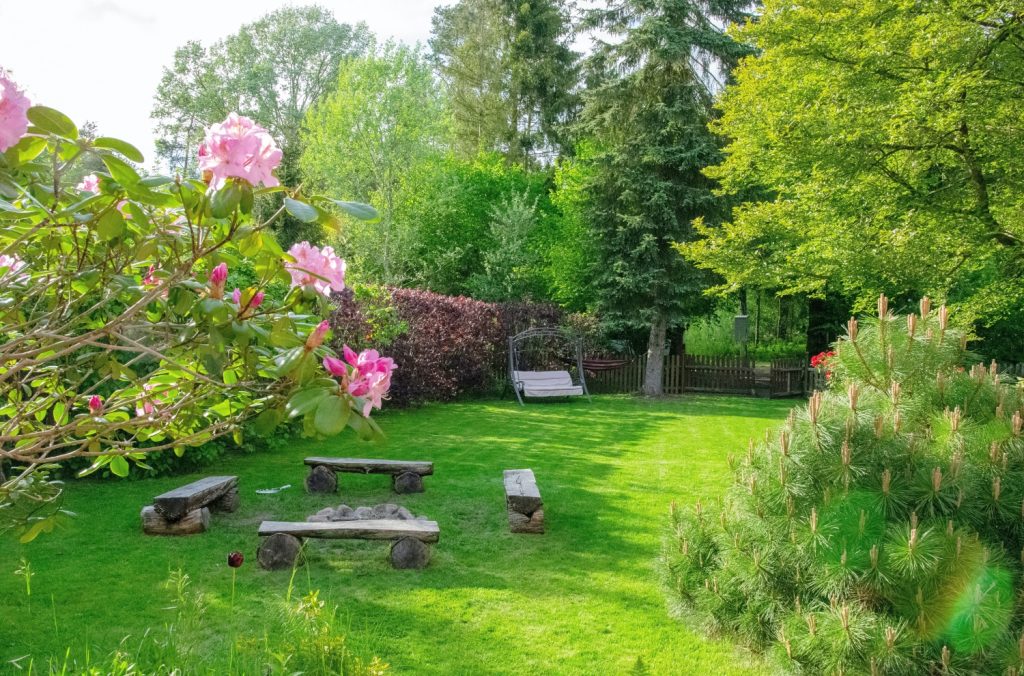
How often should you reapply 15-0-15 fertilizer?
How often you reapply 15-0-15 fertilizer depends on the type of fertilizer you used, and your plant’s needs.
Typically, it’s best to apply 15-0-15 throughout the spring and summer months as needed.
If you time the application just right, you can usually get away with applying granular and slow-release fertilizers just once in a growing season.
However, liquid and water-soluble fertilizers need to be reapplied more often than granular and slow-release.
You may find you need to reapply these water-based fertilizers 3 to 4 times in a season.
Be sure to test your soil before reapplying 15-0-15 to avoid over-fertilizing your plants.
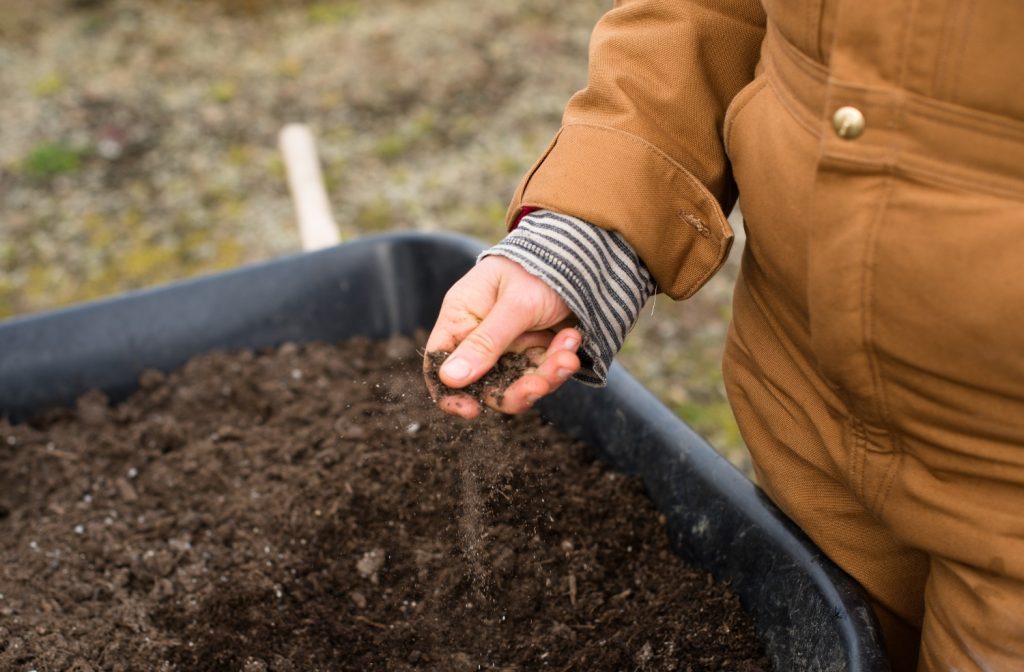
More tips for using 15-0-15 fertilizer
Pay careful attention to your lawn’s performance after applying fertilizer.
If your lawn’s appearance begins to decline, water your yard deeply to flush out the fertilizer, then retest the soil and start again.
If your turf is looking sickly, but soil tests reveal adequate NPK levels and ratio, then it may be time to de-thatch your lawn.
Thatch, which is the layer of detritus that sits between the upper layer of the soil and the base of your turf, can restrict airflow and promote disease.
Eliminating this layer improves air circulation. It also makes it easier for fertilizer to reach the soil, where your plants can use it.
By testing your soil and applying it at the right time, 15-0-15 fertilizer can help you improve the health and performance of your lawn and non-flowering trees, shrubs, and plants.
